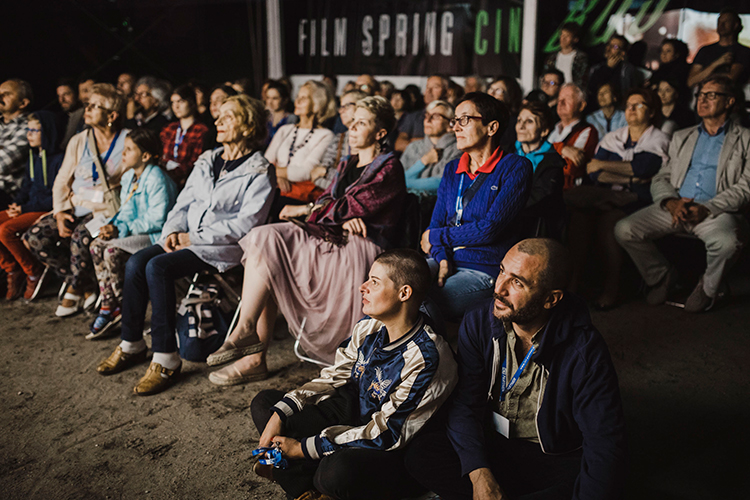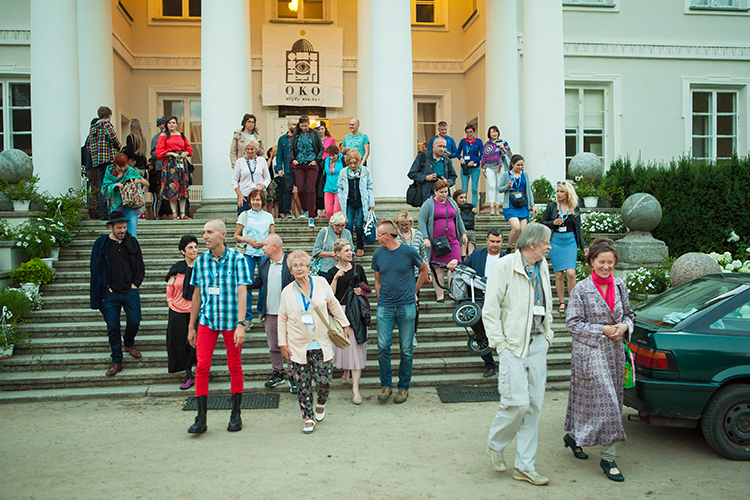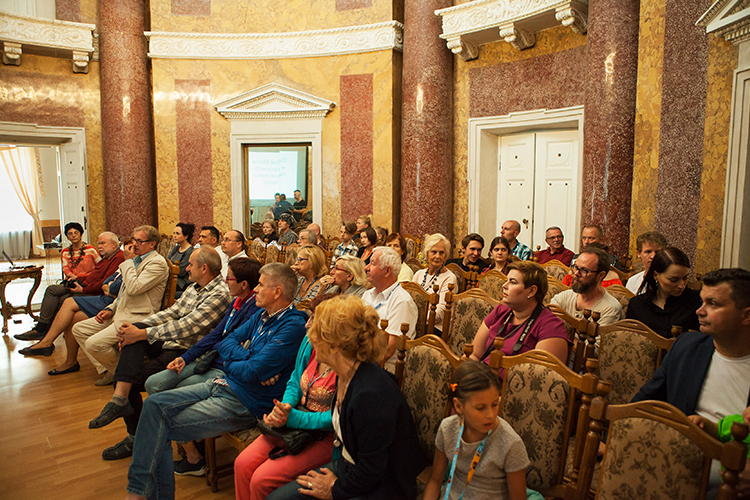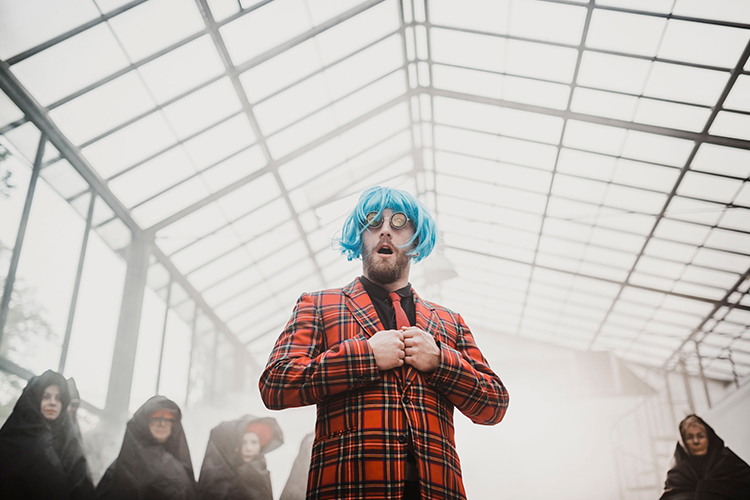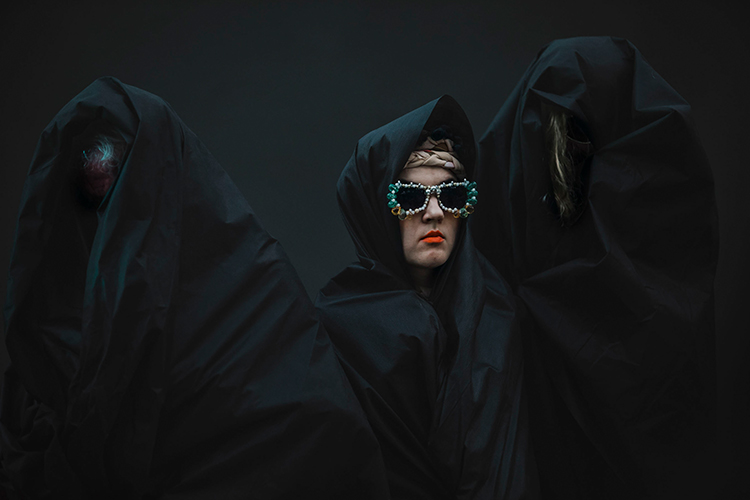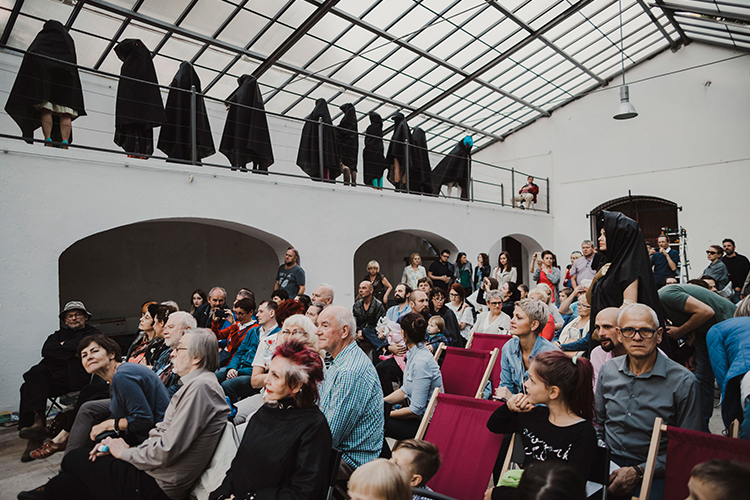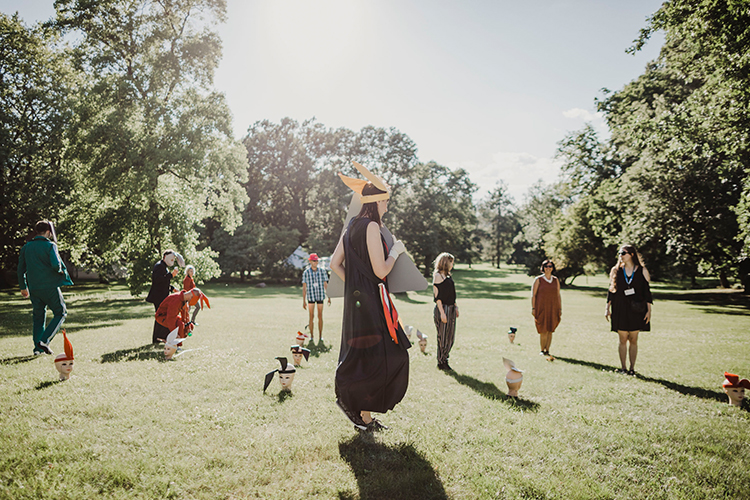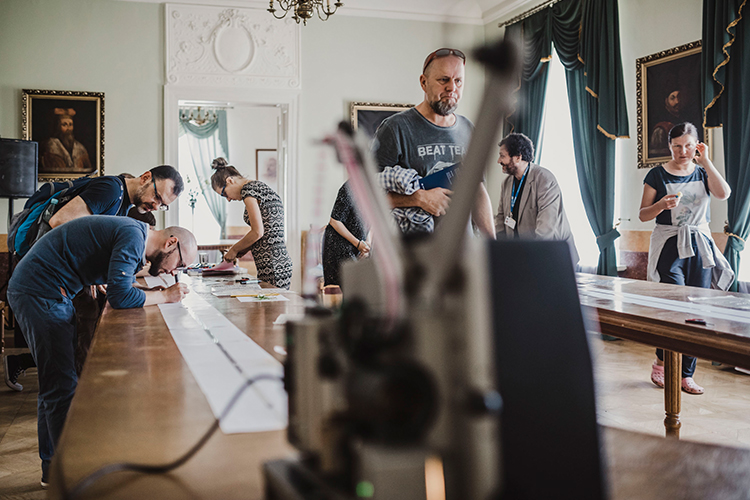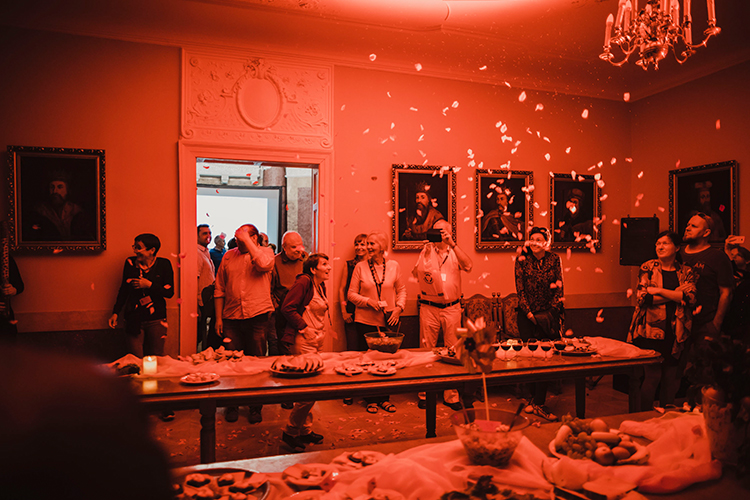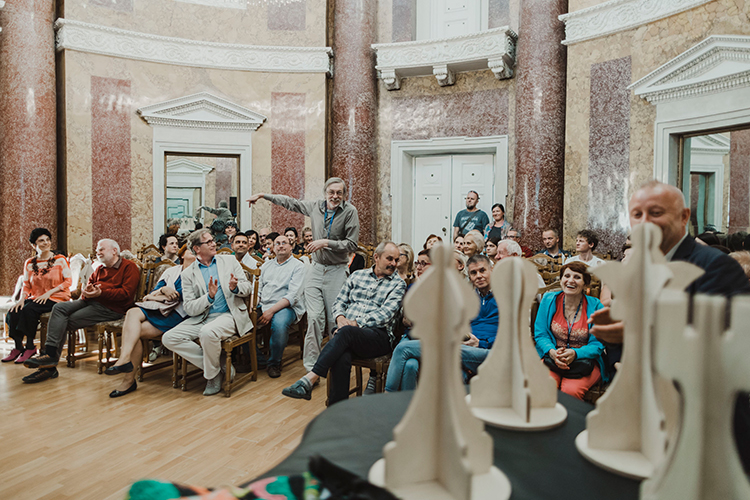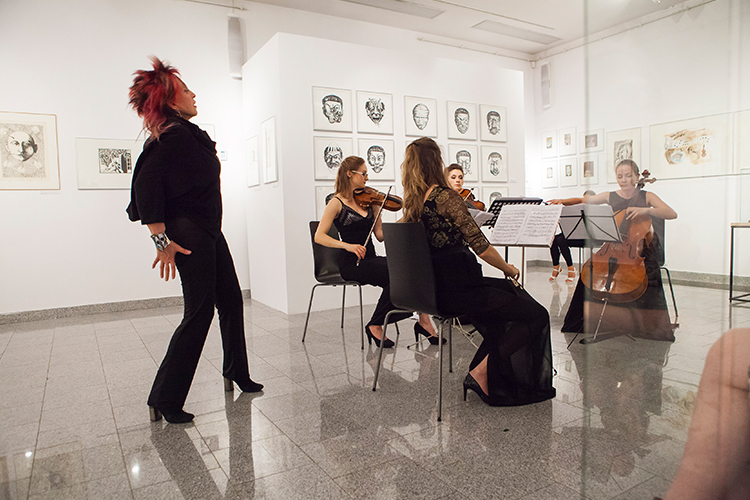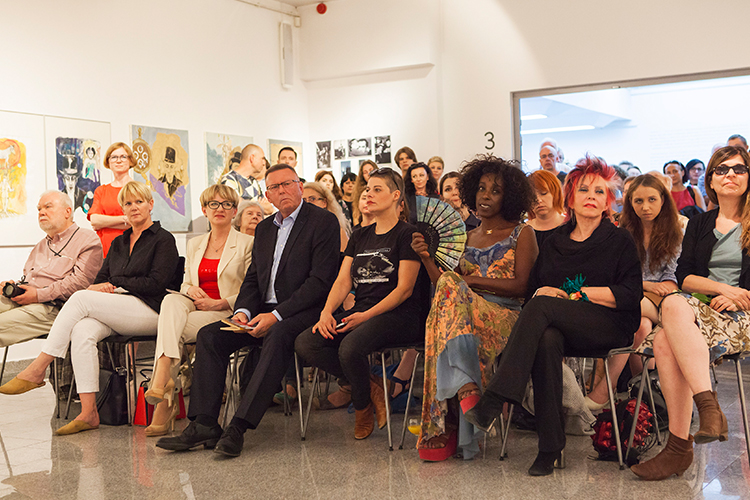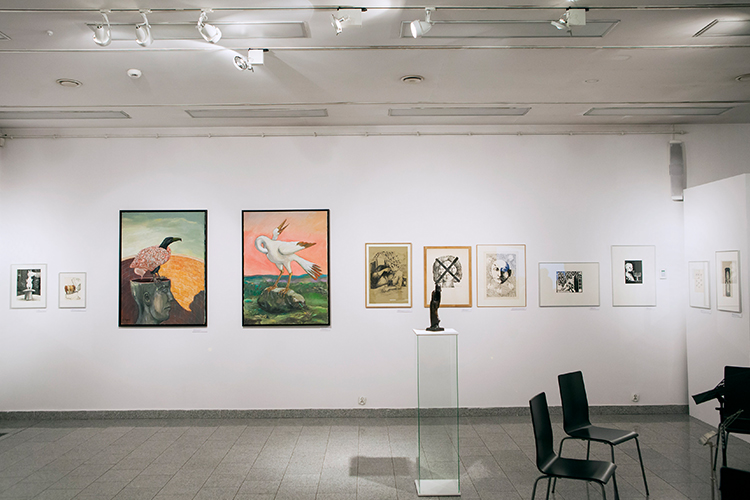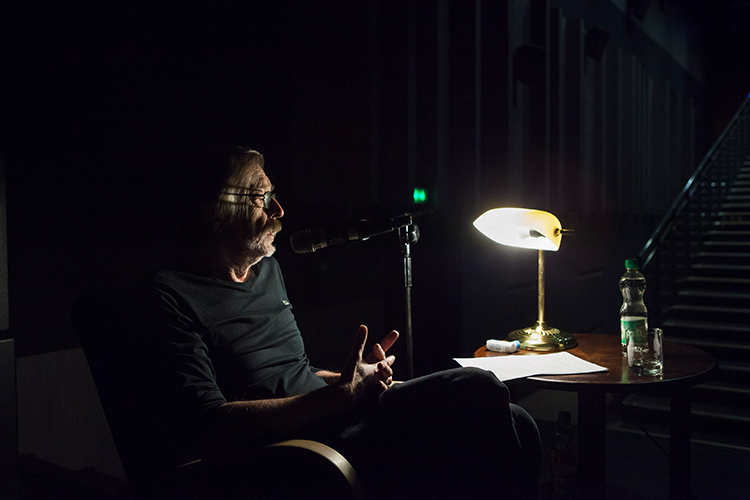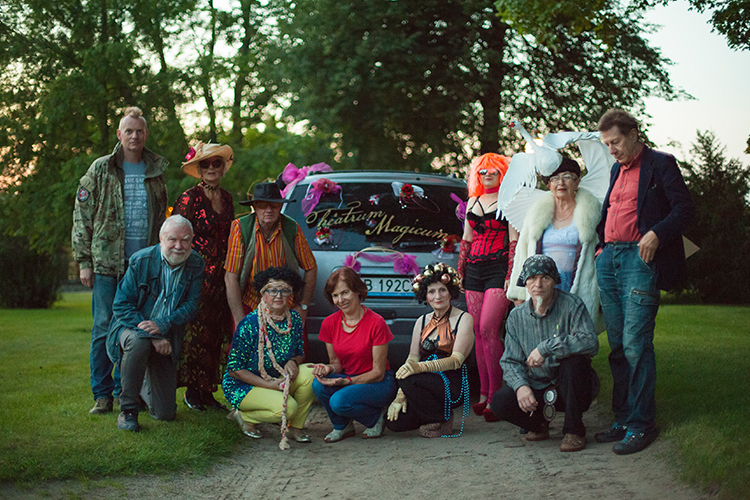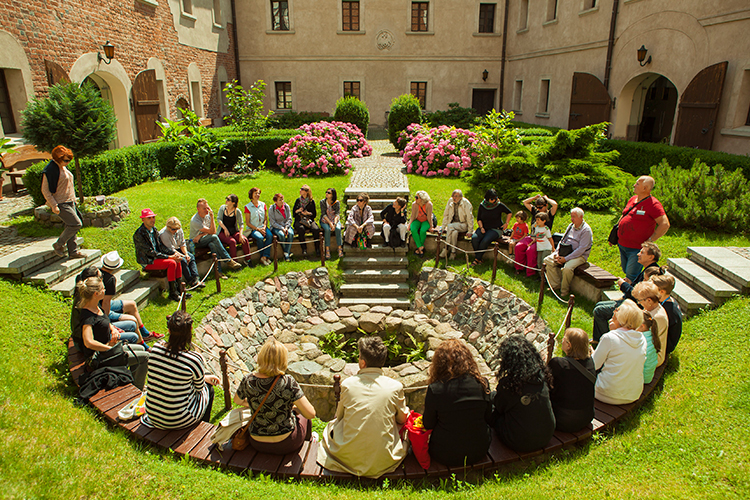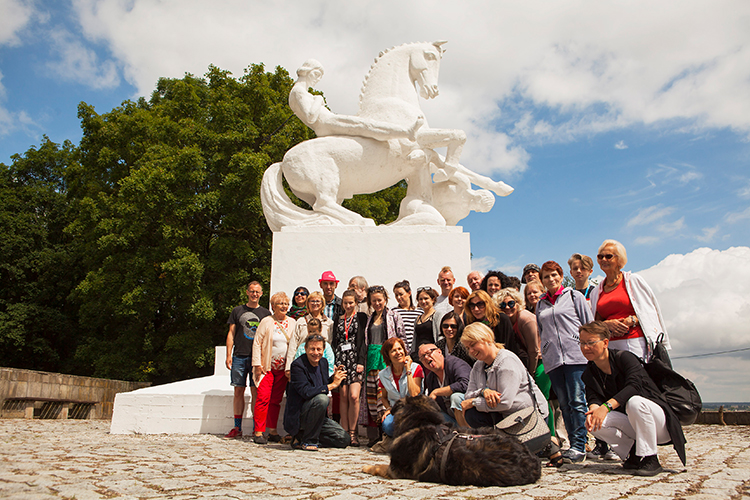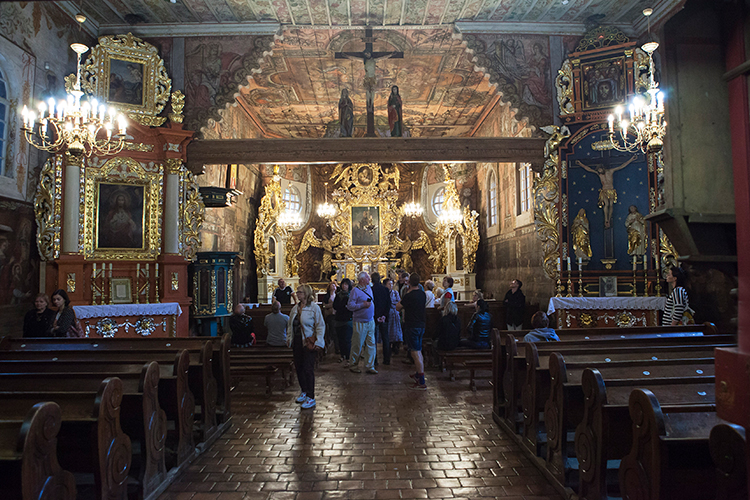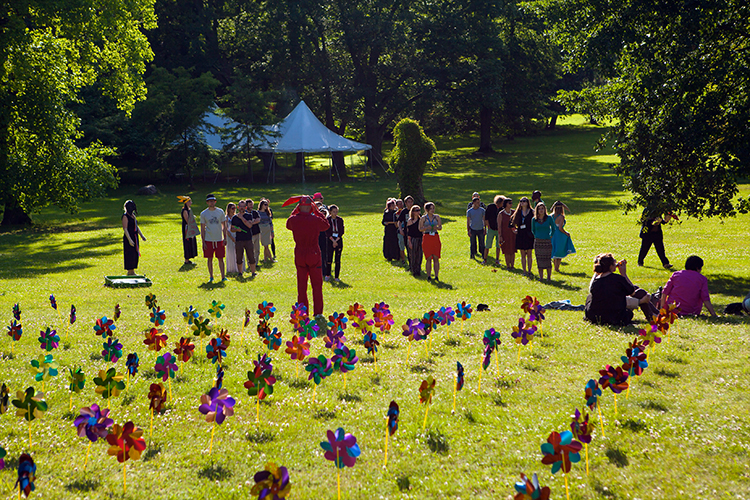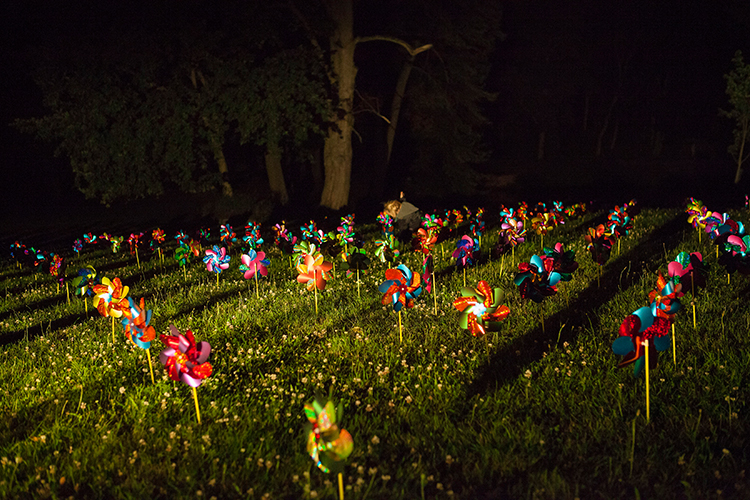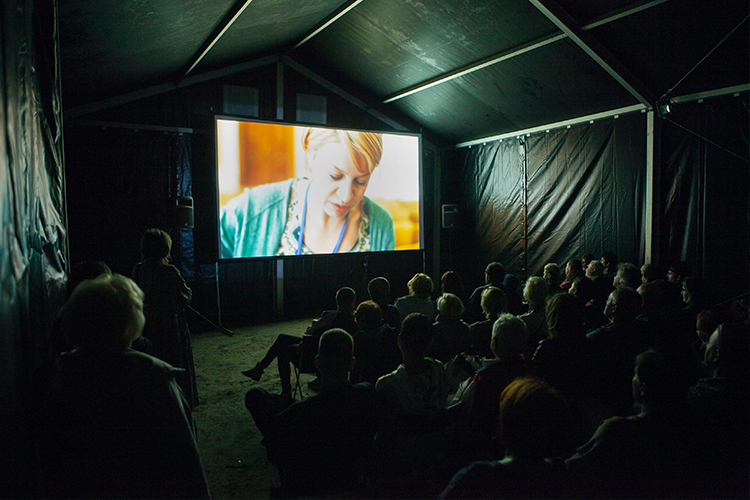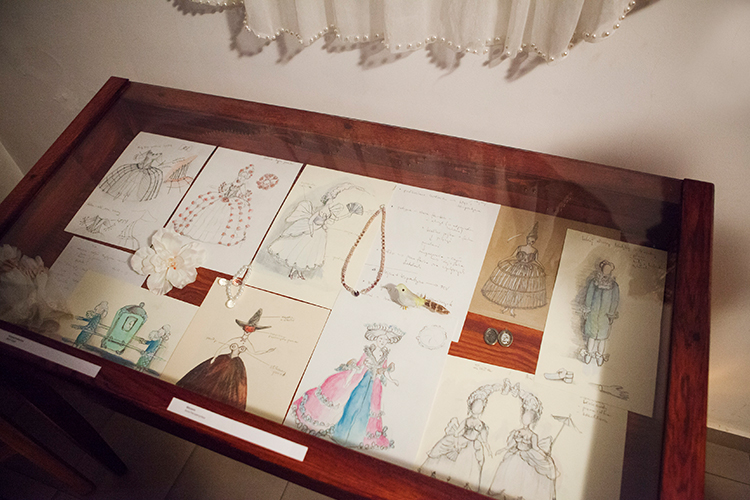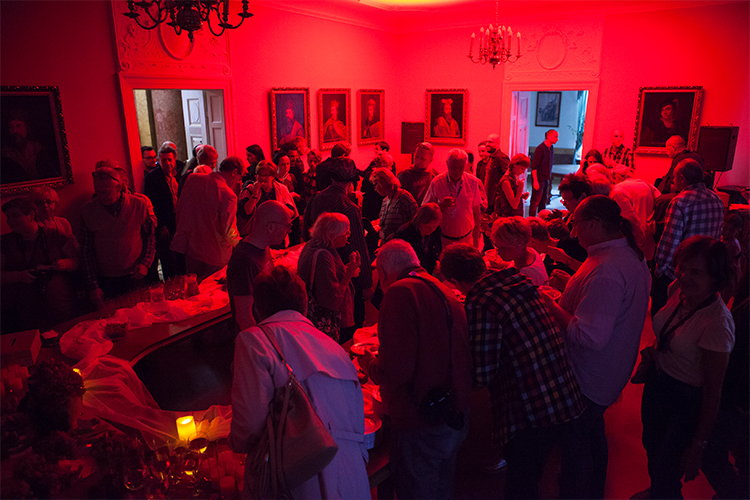International Non-Casual Encounters
THE EYE NEVER SLEEPS – ‘Folly and Fury’.
Institution of Culture Lubostroń Palace
14.07.2017 – 17.07.2017

The Eye Never Sleeps 2017
4th EDITION
FOLLY AND FURY
The Rozruch Culture Foundation has realized the project: International Non-accidental Meetings The Eye Never Sleeps. The goal: promoting and popularizing of contemporary art and creating space for free dialogue and interaction among artists, critics, theorists and the audience.
The result of the event will be: The event will significantly contribute to the realising of the priority goals and tasks related to the development of culture.
The total worth of the project is: 199999.98 PLN. The European Union’s grant: 99999.99 PLN.
The Fourth International Non-accidental Meetings THE EYE NEVER SLEEPS have the sub-title ‘Folly and Fury’. About 50 artists and scientists will take part in the event. There will be exhibitions, film screenings, concerts, performances, discussions and lectures. During the meetings, a film is going to be produced, directed and shot by our guests from France, as well as a film that will document the interpretation game that all the participants of the event will be engaged in. Part of the film production will take place in the ‘Cinebus’ Mobile Audio-visual Education Centre of the Film Spring Open Foundation, managed by Sławomir Idziak. Another great event will be the ‘3 x Topor’ exhibition, realized in cooperation with the Ars Cameralis Culture Institution and the BWA City Gallery.
The participant of the meetings, Professor Zbigniew Mikołejko, talks about the ideological side of ‘The Eye’:
We go beyond ourselves – not only when creating, but just when being alive – in many ways. In many ways, we try to lead to a ‘self-going-beyond’, ‘self-transgression’: to wrench ourselves free from the conditions attributed to us, and from our bodies – and find ourselves ‘somewhere else’, in a different state and place, to tell ourselves, like the visionary French poet Arthur Rimbaud did, that ‘I is Another’. Folly and Fury is one of those ways, even when it is connected with some illness or destruction, with suffering, rejection and curse, with separation and being stigmatised. Art, as well as religion, from dawn of time until contemporary days, have not distracted away from this path. Just the opposite – they follow it without resistance, without resistance they wish to have – and they do have – their various contributions to this wandering. And, they make use of it, a constantly changing use – even when it becomes a dangerous use. It all comes to crossing the boundaries, changing the values, finding oneself in those spaces and situations previously unknown, so far not experienced before and not conquered. It is about some unexpected spiritual states and visions. It is about disagreeing with the existing and tamed reality, free from any artistic unrest. It is about discovering in us – at last – new internal worlds and new possibilities. Also, finally, it is about protest – either the metaphysical one, against the feeling of our finiteness, against our ‘being thrown into the world’ and existing only in order to die, or the cultural or social one, aimed at the various means of imprisonment, against the violence of common discourse. On this very road, ‘the eye never sleeps’. Its insomnia, its peculiar watchfulness, or its sensitivity, is the common masterpiece of people, art and faith. The ancient ones did not talk about furor divinus, ’the divine furor’ of artists, in vain; all the great spiritual traditions did not have their own yurodivys, the ‘holy Fools’, for nothing. Therefore, ecstasy of the saints becomes united with the excitement, or even the madness of the folk ritual, they blend into one rich and varied script; the romantic or surreal tradition (It is enough to mention the names of Artaud, Bataille, Buñuel, Topor), in search for the patterns of transgression, did not penetrate in vain the sacred areas that were connected with the mad forms of ascetism and penance, with the mystical ‘dark nights of the soul’ and faith paroxysms, with the clairvoyance and violating taboos, with provocation and rebellion, with blasphemy and mania. In its fourth edition, ‘The Eye never sleeps’ symposium refers to this road and this special bond – by both reminding of some artistic and spiritual traditions of Eastern and Western Europe, and showing their presence in the experiences of contemporary artists. ‘The Eye never sleeps’ means cyclic meetings of visual artists and scientists.
So far, its three consecutive editions have taken place. The scientific symposium that takes place simultaneously to the artistic part, and the artistic residencies, in which Polish and foreign artists take part, are integral parts of the event. Sixty-five creators took part in the most recent (3rd) edition of the Festival, several of them being foreign artists from Great Britain, Germany, Sweden, etc. Non-accidental meetings are the follow-up of the surrealistic ideas and relate to the ethical postulate included in the Surrealist Manifesto by André Breton, who emphasizes the role of accidental meetings. The first edition in the current formula took place in 2014 and about 40 artists participated in it. The following edition gathered over 50 artists. The festival gets its interdisciplinary character from the display of works of various spheres of visual arts: from painting, drawing and graphic, through collages, photography, performance, to new media arts and movies. The aim of the organisers is to promote and popularise contemporary art and create the space for free dialogue and interaction between artists, critics, theorists and the audience. The previous editions of the festival resulted in shooting films, which were then presented during the greatest Polish, and international film festivals, e.g. Krakow Film Festival, Polish Film Festival in Gdynia, Moscow Film Festival, Plus Camerimage Festival in Bydgoszcz. Taking part in the event/meeting means a form of artistic residency, working as an artistic camp, playing host to artists of various fields. Part of the works is created during the four days the event lasts and is realised in the palace-park space. The processes taking place during the meeting among artists, scientists, receivers, organisers, the representatives for institutions, that is the influence of all the aforementioned actions over one another, are the additional element.
The entire event (including the sphere of organisational and content-based preparations) relates to the theoretical basis of the relational aesthetics (art). In the current edition, we are going to realise an innovative project, ‘Interpretational game’. Its main spectrum is searching for and creating questions.
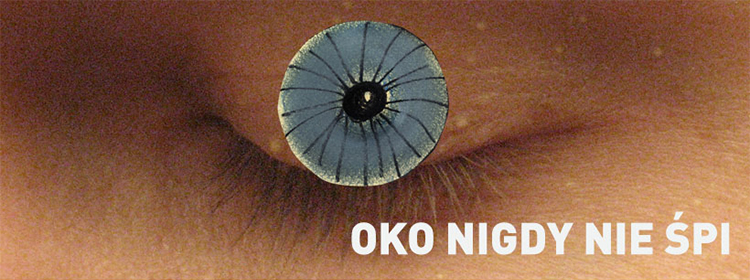

Rok
2017
Miejsce
Bydgoszcz, Lubostroń




